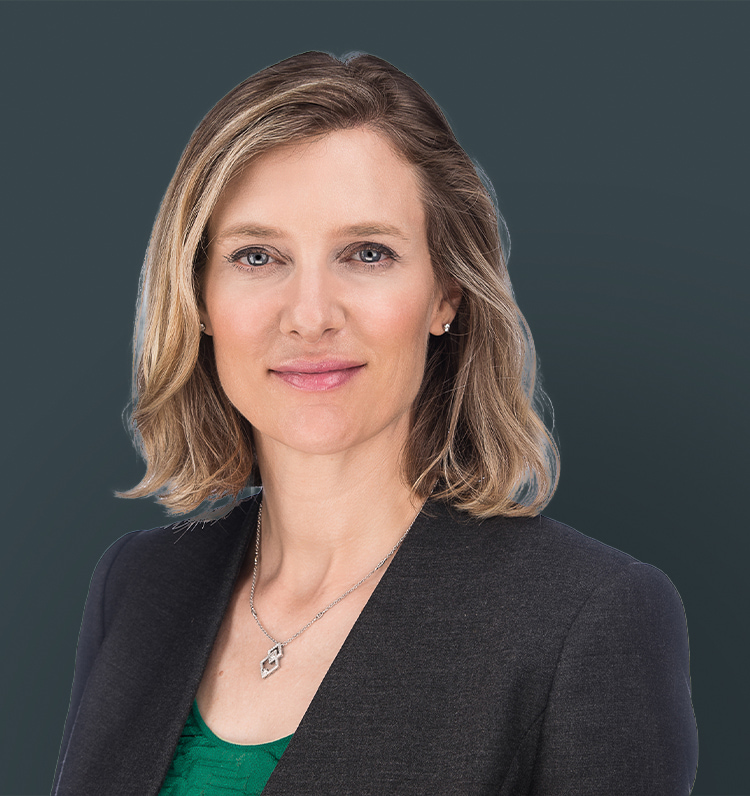Dual Plane Breast Augmentation: What It Is and Why Everyone’s Talking About It

Lately, social media has been buzzing with talk of “dual plane” breast augmentation—especially after Kylie Jenner shared that she underwent this specific type of procedure. Suddenly, a surgical technique that most people had never heard of is all over TikTok, Instagram, and beauty forums. But as with most viral moments, the online conversation is a mix of helpful information, half-truths, and flat-out confusion.
So what is dual plane breast augmentation, really? And is it something you should be asking about? Let’s clear things up—with the kind of straightforward, real-world explanation you’d get if your plastic surgeon were a close friend (who just happens to be an expert in breast surgery).
What Is Dual Plane Breast Augmentation?
Dual plane breast augmentation refers to a surgical technique where the breast implant is placed partly beneath the chest muscle (the pectoralis major) and partly beneath the breast glandular tissue. That’s where the “dual” comes in—it straddles both anatomical planes.
In simpler terms: instead of going completely under the muscle or entirely above it, this technique finds a middle ground. The upper part of the implant sits beneath the muscle, while the lower part is covered only by natural breast tissue. This allows the implant to settle into a more natural position, often giving a smoother transition at the top and better contour at the bottom.
It’s not new. Board-Certified Plastic Surgeons like Dr. Sarah Mess have been using the dual plane approach for years to help patients get the most natural-looking results possible—especially if they’re starting with a smaller amount of breast tissue.
Is Dual Plane Right for You?
If you’ve been researching breast augmentation, you’ve probably seen options like “submuscular” (under the muscle) or “subglandular” (over the muscle). Dual plane is something of a hybrid—and whether it’s the best choice for you depends on your anatomy and your goals.
You might be a good candidate for dual plane placement if:
- You have minimal natural breast tissue and want a smooth upper pole.
- You want to avoid visible rippling or edges from the implant.
- You’re aiming for a natural slope instead of a rounded, high-profile look.
- You’re undergoing a breast augmentation with a mild lift.
But here’s the reality: not everyone needs dual plane. And in some cases, it’s not the best option. That’s why an in-person consultation with an experienced surgeon matters more than anything you read online (yes, even this blog).
What You May Have Heard Online (And What You Actually Need to Know)
Let’s talk about some of the myths floating around in the TikTok/Reddit/IG universe:
- “Dual plane is the best breast augmentation technique.”
It’s great when used in the right situation—but it’s not universally “better.” Like most things in plastic surgery, the best technique is the one that fits you.
- “It guarantees more natural results.”
It can lead to a natural look—especially in thinner patients—but the surgeon’s technique and implant choice play a huge role, too.
- “Everyone should switch to dual plane.”
Nope. It’s not about chasing trends—it’s about choosing a method that works with your anatomy and long-term goals.
There’s also a misconception that dual plane placement eliminates the need for a breast lift in women with sagging. That’s not accurate. While it can help slightly elevate the nipple in borderline cases, it’s not a substitute for a proper lift when one is needed.
Why Dr. Mess Uses the Dual Plane Technique (When It’s the Right Fit)
 Dr. Sarah Mess has been performing breast augmentations using the dual plane technique long before it was trending. Her approach is all about customizing the procedure to each patient—there’s no one-size-fits-all solution.
Dr. Sarah Mess has been performing breast augmentations using the dual plane technique long before it was trending. Her approach is all about customizing the procedure to each patient—there’s no one-size-fits-all solution.
She uses dual plane placement when it can:
- Create a softer upper pole in patients with little breast tissue
- Reduce the risk of implant visibility or rippling
- Help the implant sit more naturally without looking overly full or artificial
It’s a nuanced technique that requires precision and an in-depth understanding of breast anatomy—which is why choosing a Board-Certified Plastic Surgeon with significant breast surgery experience is key.
Let’s Talk About Your Goals
Here’s the bottom line: You don’t need to become an expert in surgical planes. You just need to work with a surgeon who is.
If you’re considering breast augmentation and have questions about what technique is best for you, Dr. Sarah Mess can help you sort through the noise and focus on what really matters: achieving beautiful, balanced, natural-looking results that feel right for your body.
Ready to learn more? Schedule a virtual consultation with Dr. Mess in Columbia, Maryland, to explore your options and get honest, expert guidance tailored to you.
